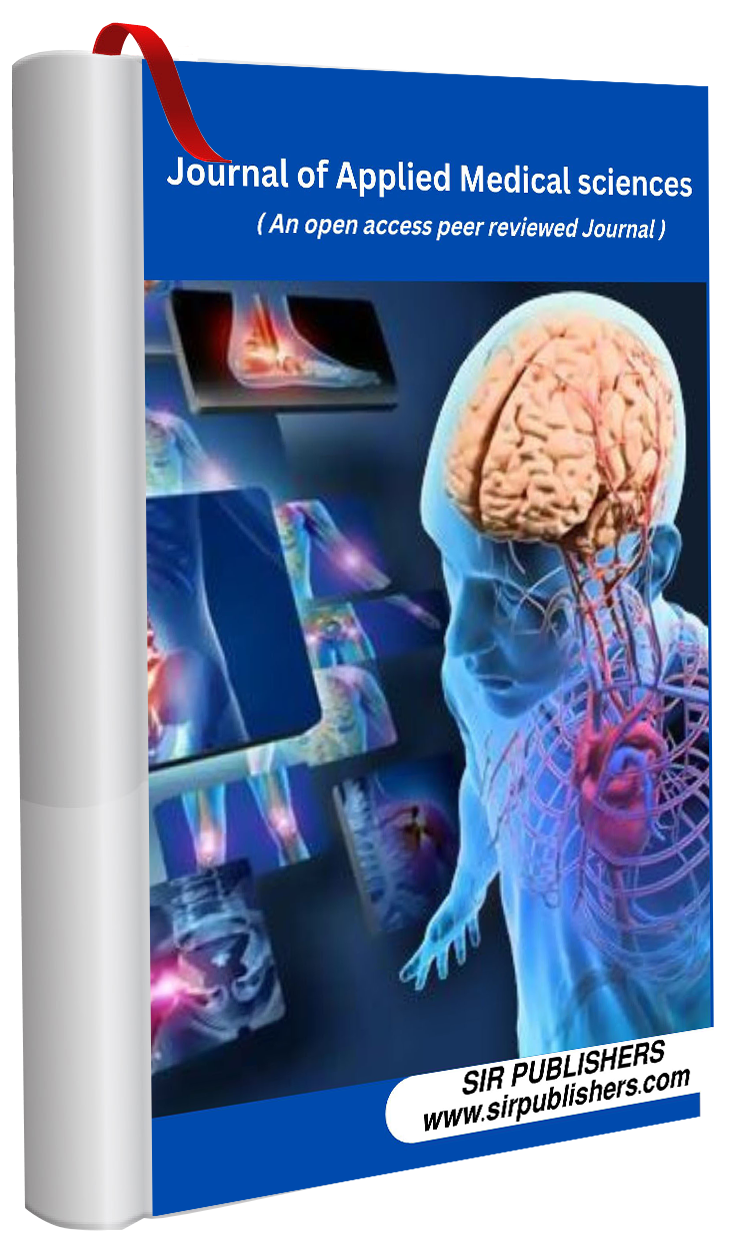IMPROVING THE BIOLOGICAL METHOD OF TREATING ACUTE PARTIAL PULPITIS
Keywords:
acute partial pulpitis, electroodontodiagnostics (EOD), biological treatment method, preservation of pulp viability, odontotropic therapeutic pad.Abstract
For a long time, dentistry has been conducting research on the development and improvement of methods for treating pulpitis, ensuring the preservation of the pulp not only in a viable, but also in a functioning state. Meanwhile, successful treatment is impossible without an accurate diagnosis of the condition of the pulp. To date, dentists still do not have enough objective intravital research methods in their arsenal to assess the functional state of the pulp. Despite significant advances in recent years in the treatment of pulpitis using the vital extirpation method, the problem of preserving the root pulp in various forms of inflammation remains unresolved. The current stage of development of biological therapy for pulpitis is characterized by an intensive search for the most effective means that preserve the root pulp and stimulate dentin formation. For this purpose, many different therapeutic drugs have been proposed (dentin sawdust, antibiotics, their combination with corticosteroids, calcium hydroxide, etc.), but so far this has not led to a complete solution to the problem of healing and preserving the inflamed pulp.
References
Alibekov K.M. Reaction of dentin and dental pulp to the bioactive ceramic material calcium fluorohydroxyapatite in combination with [B]-tricalcium phosphate (experimental study). 2006.
Abdurakhmanova Z.U. Morpho-functional rationale for the use of modern biomaterials in case of accidental opening of the dental pulp. Moscow-2022.
Chernyaevsky Yu.P. Course of lectures on therapeutic dentistry: manual Part 1.-Vitebsk: VSMU, 2013.-377 p.
Grigorieva N. A. Clinical justification for the choice of material for the treatment of pulpitis using the biological method and the method of vital amputation: Moscow, 2008.- 106 p.
Ivanova, E.V. The use of a bioactive dentin substitute in treatment pulp hyperemia / E.V.Ivanova , V.S.Ivanov , G.S.Shamkhalov // Dentistry. – 2015. - No. 6. – P.57-58.
Ivashchenko V.A. Clinical and experimental substantiation of the regenerative potential of dental pulp in the treatment of dentin caries and acute pulpitis. 2020.
Kozhevnikova A.I., Klyagina A.A. Electroodontodiagnosis in the daily practice of a dentist. Bulletin of Medical Internet Conferences (ISSN 2224-6150) 2016. Volume 6. Issue 5. 864-867.
Khachaturian E.E. et al. “Integrated approach to diagnostics and therapy of painful dysfunction of the temporomandibular joint”. 2009.
Kumirova O.A. Cytological and bacterioscopic assessment of the pulp in predicting the biological method of treatment of chronic fibrous pulpitis. 2005.
Makarevich, A.V. Vinnichenko, Yu.A. Vinnichenko. Adhesive endodontics: dual-cure systems. Morphological aspects. No. 1, 2007.
Malakhov A.V. Clinical and laboratory rationale for the use of glass ionomer spacers in the treatment of dental caries. 2008.
Nikolskaya, I.A. Improving biological methods of treating
iatrogenic forms of pulpitis in experimental conditions / I.A. Nikolskaya // Bulletin of RUDN University, Medicine series. – 2013. - No. 1. – P.100-102.
Nikolaeva A.I., Petrova E.V. Electroodontodiagnosis : textbook / Ed.– M.: MEDpress-inform , 2014. – 40 p.
Ostanina D.A. Improving diagnostic methods and predicting pulp viability in initial pulpitis. 2021.
Parazyan L.A. Features of regeneration and therapy of dental pulp pathology with partial or complete preservation of its viability (experimental study): Volgograd: 2017. - 180 p.
Peshkov V.A. Prevention of complications in the treatment of pulpitis using Vitadent ecdysterone-containing paste, Candidate of Medical Sciences, 2004.
Ruvinskaya, G.R. The effectiveness of antimicrobial drugs in the treatment of
reversible pulpitis using the biological method. Bulletin of Modern Clinical Medicine. – 2015. - No. 8(1). – pp. 42-45.
Reshetin A.G. Treatment of deep caries using calcium-containing products and bonding systems. 2005.
Volozhin A et al. Evaluation of reparative bone regeneration using microfocus radiography in experiment using autologous and allogenous mesenchymal stem cells. Russian Dentistry, 2010, No. 3 (1), pp. 50–55 (In Russ.).
Хабилов Н. Л. и др. госпитал ортопедик стоматология кафедраси йил давомида нашр этилган тезислар хисоботи //Conferences. – 2023. – С. 114-118.
Zoibelmann M.V. Development and evaluation of the effectiveness of the use of dentin and enamel bonding systems in the treatment of caries and its complications and their effect on hard dental tissues. 2005.










